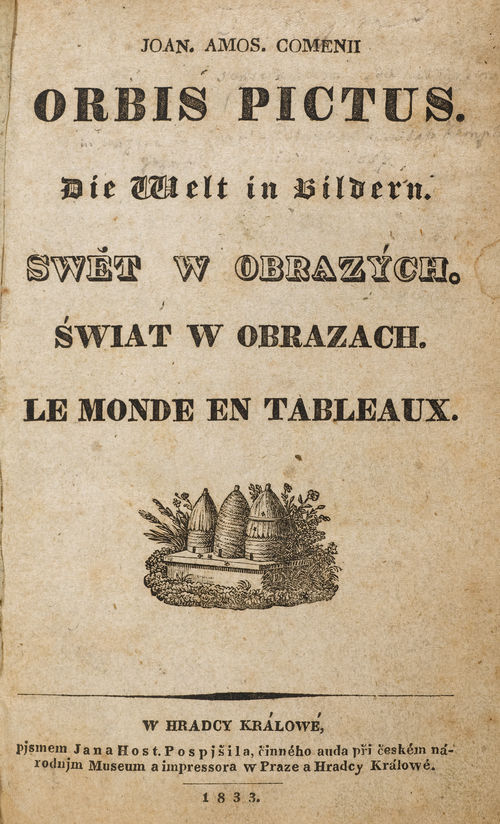
Thus, they are torn between promises of unrestrained mobility and looming poverty, their precarity only amplified by the global crisis caused by COVID-19. The majority of projectarians do not own much beyond their own capacity to circulate. By using the term ‘projectariat’, the book detours the classical Marxist concept to talk about the life and work of artistic freelancers – artists, curators, critics, academics, writers, technicians and assistants – who, in order to survive, have no choice but to make one project after another and many at the same time. The book addresses – in 66 accessible entries – the global circulation of contemporary art in the moment of its fundamental crisis. This chapter delineates the historiography of ‘An Illustrated Comic Alphabet’ and argues that while ‘An Illustrated Comic Alphabet’ has been viewed as a precursor to the more accomplished work of Kate Greenaway, it is better understood and appreciated as an innovative variation on illustrated versions of the rhyme ‘A is an Archer’, which first appeared in print in 1702. In 2017, it was featured in an exhibition about alphabet books at the University of British Columbia, ‘From Apple Pies to Astronauts’. The librarians there determined that Howard-Gibbon’s manuscript was the earliest known Canadian picture book, and it continues to be prized today. One hundred years later, the Osborne Collection of Early Children’s Books in Toronto received ‘An Illustrated Comic Alphabet’ as a donation. Howard-Gibbon, a young British woman, was working as an art teacher in the small town of Sarnia in Canada West when she created her manuscript. Decorated letters of the alphabet in red ink embellish each page, along with rustic branch borders. This is a great website with lots of resources.In Amelia Frances Howard-Gibbon’s charming and deceptively simple pen drawings for her 1859 manuscript ‘An Illustrated Comic Alphabet’, small children dressed in adults’ clothing role-play pastimes and occupations set out in her hand-lettered text – the traditional rhyme ‘A is an Archer’, also known as ‘Tom Thumb’s Alphabet’.

Watch video reviews, discover books on Best Pop-Up Books ranking lists, get updates on new pop-up book releases, access how-to videos/templates from some of the top paper engineers in the business and much more! Best Pop-Up Books can be found on YouTube, Facebook, Twitter, or Instagram. The site provides resources for making pop-ups, a movable books bibliography, and links to the websites of contemporary paper engineers and book artists.ī is a platform built by fans, for fans of pop-up books. Rubin) - Įstablished in 1993, The Movable Book Society is a non-profit organization which provides a forum for artists, book sellers, book producers, collectors, curators and enthusiast to exchange information about pop-up and movable books. Timeline History of Movable Books (Ellen G. Paper that Moves (provides a useful bibliography) . Paper Engineers and Mechanical Devices of Movable Books of the 19th and 20th Century.

Pop-Up and Movable Books: A Tour through Their History (University of North Texas). Worldwide Pop Up Industry, Wally Hunt & Vojtech Kubasta - Ītlas Obscura: Collectors featuring The Pop Up Lady, Ellen G.K. Pop Up Books: A Brief History (Brigham Young University, Robert Sabuda) - ĥ2 for 150: What’s So Special About Your Library’s Pop-Up & Movable Book Collection? (Topeka Library). Origins and Variety of Moveable Structures in Book Form (Library of Congress).

of Ohio Special Collection) - Ī History of Pop Up and Movable Books: 700 Years of Paper Engineering (Smithsonian). Pushing the Boundaries of Paper Engineering (Univ. Wake the Form - Anatomy Lesson (Cornell University Library).


 0 kommentar(er)
0 kommentar(er)
